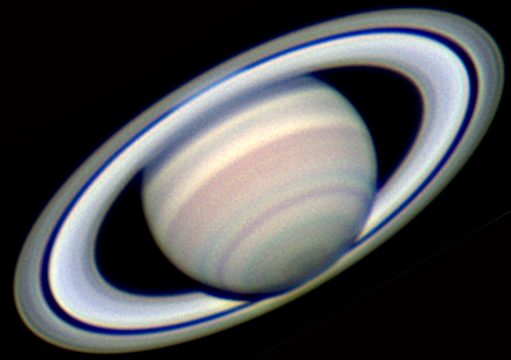From old Jupiter images (found in the album organizer) I tried to make a color image from RGB image by RGB composition Since 1979-02-20, it’s Jupiter 41 years ago! It’s probably when I started to take full-scale planetary images. At that time, I did all the filming, developing and printing. The world is unimaginable with digital imaging, but at that time there was only this. It was a self-made 15cm Newtonian reflector, F/9 (made by Mikio Kawamura), and its a good telescope. The basics of RGB filter photography are the same, but the exposure time is as long as 1 to 2 seconds, and it is blurred due to seeing condition. In the final darkroom work, I improved the image by printing it on photographic paper with composite. Those who were shooting planets in this way are more than 60th birthday! Now, the SEB is dark and the EZ is […]

